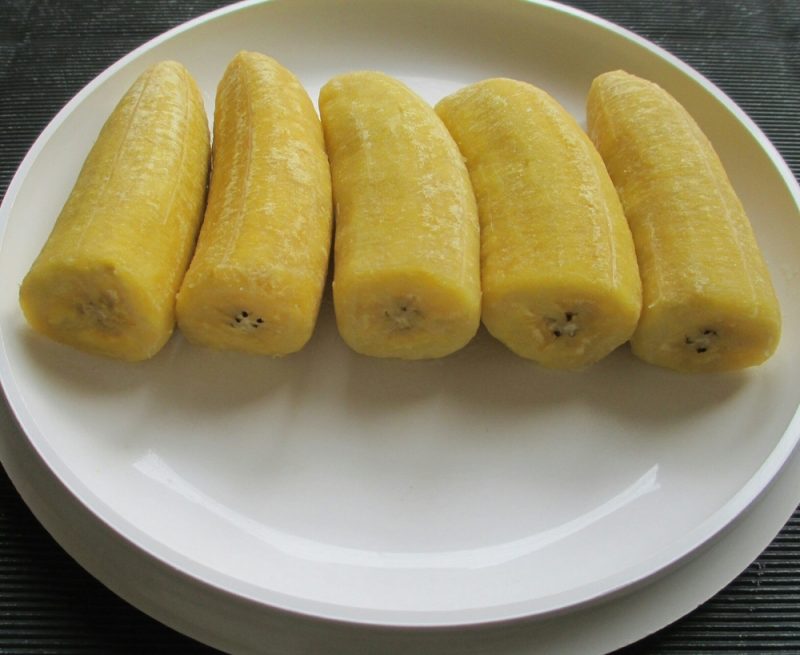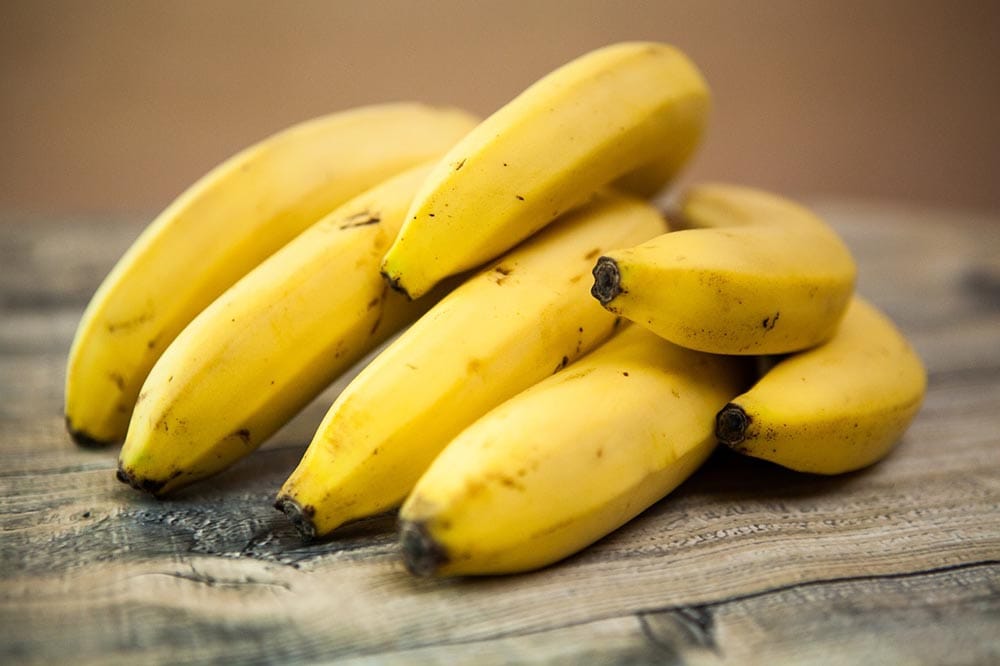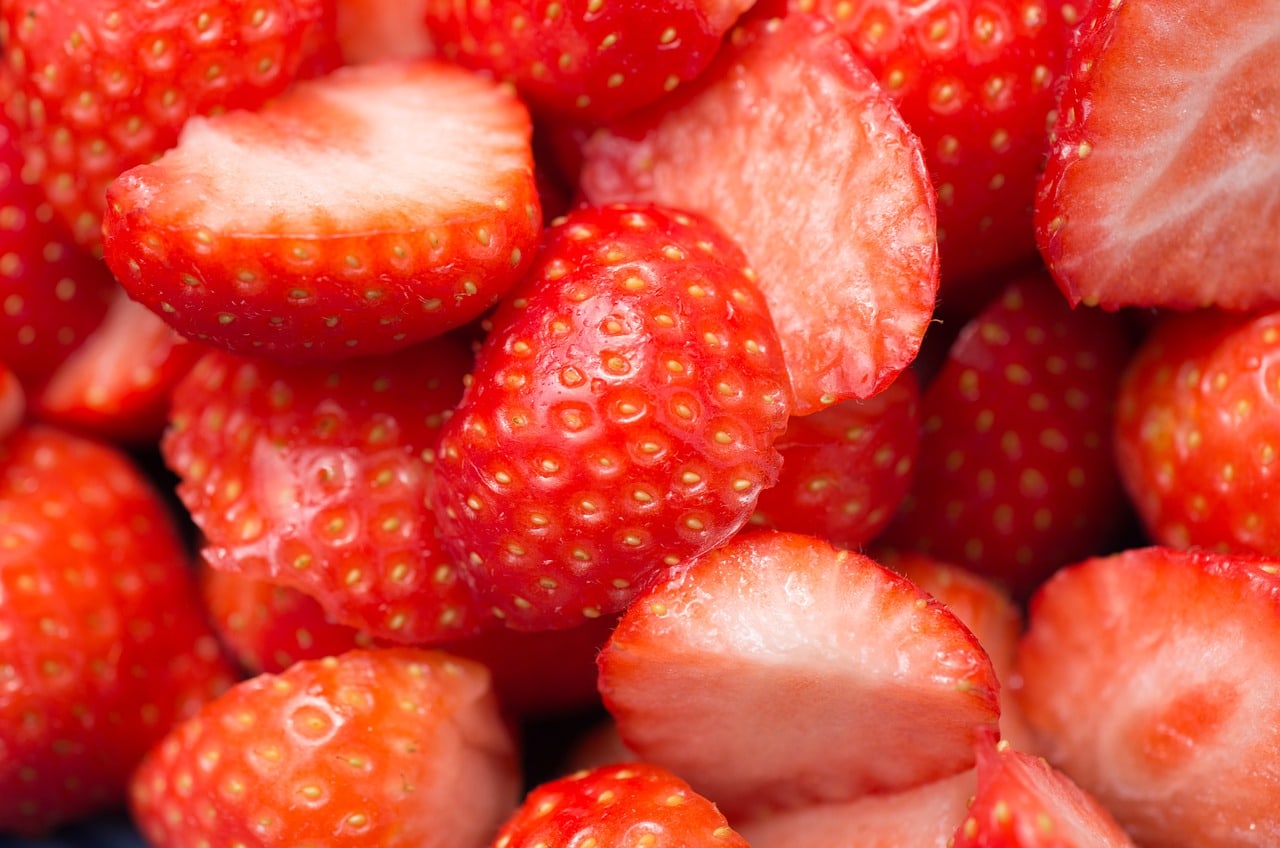Click to Skip Ahead
Plantain is a fruit that looks very similar to a banana. The fruit is starchy and is not generally eaten raw, but it is regularly used in cooking in some countries around the world. High in dietary fiber and with potential antimicrobial and anti-inflammatory properties, plantain can also be given to dogs, when fed in moderation, as no current studies exist to show any concerns for toxicity. It offers some health benefits to our four-legged friends, although it should not be fed in large quantities and it does need cooking before being fed.
As is true when feeding any food, owners do need to ensure that the plantain has not been sweetened with extra sugar or combined with other ingredients that might be toxic or bad for dogs. Read on for more information about plantains and whether they should be given to dogs.

Can Dogs Eat Plantain?
Plantain is a starchy fruit that is closely related to the banana. It looks very similar to the banana and this fruit, which is native to parts of Southeast Asia, is grown in tropical countries around the world. The fruit is typically harvested when it is unripe, which is when it appears green to yellow. Uncooked, it is hard and difficult to digest, but cooking the food softens it while breaking down some of the starch.
Dogs should be able to eat plantains, though no scientific evidence exists to support its use in dogs. They are generally considered non toxic, although too much of the fruit may cause gastrointestinal and dietary issues, and a dog might struggle to properly digest the plantain if it has not been cooked first.


Benefits of Feeding Plantain to Dogs
Feeding a small amount of the fruit, occasionally, may have some health benefits for our loyal companions.
- High in Fiber – Plantains are high in fiber. This can help balance blood sugar levels which helps maintain healthy levels of insulin. High-fiber foods can also help a dog feel fuller for longer, which means they are less likely to overeat. Overeating is a problem for many dogs, and obesity is a major disease in a lot of pups.
- Anti-inflammatory Properties – Joint pain and discomfort is caused by inflammation, and foods that have anti-inflammatory properties may potentially help to reduce this inflammation.
- Antioxidants – Antioxidants help fight free radicals in the body, which helps prevent damage caused by oxidation. This could help reduce the risk of your dog contracting or developing certain conditions, though the effects of plantains in canines have yet to be studied.
Precautions To Take
Although there are some health benefits associated with feeding plantains to dogs, it isn’t all good news. There are some potential hazards to consider, too.
- Choking Hazard – Uncooked plantain is very fibrous and difficult to break down. Dogs’ teeth have an especially difficult time breaking these fibrous foods down, so you do need to ensure that the fruit is properly and fully cooked before feeding it or the plantain can become a choking hazard.
- Stomach Upsets – Too much plantain can cause digestive upset, and so too can feeding plantain chips and other processed human plantain foods. These are typically fried in large quantities of oil, and these too can cause gastrointestinal upset. While the plantain needs to be cooked, it should be boiled or prepared in such a way that the food does not contain oil.
- Other Additives – Whether you cook the plantains yourself or you buy them ready-prepared, you do need to consider any additives and extra ingredients. Avoid feeding extra sugar or salt and ensure that the plantain dish does not contain any potentially toxic ingredients like chocolate, grapes, or garlic.
How to Prepare Plantains for Dogs
You must cook the plantains before feeding them to your dog, and you need to avoid cooking methods that use oil or toxic ingredients. The simplest and most effective way to prepare this fruit for dogs is to boil them in plain water and, once cooked, slice the fruit into easily manageable chunks that your dog can easily and safely digest.
You can also bake the plantain but, again, you need to avoid additional ingredients that could cause harm.



The 5 Other Fruits You Can Feed to Dogs
Dogs like a lot of fruits because they are sweet and juicy, and they have pleasant aromas and tastes. Although you should feed fruit sparingly because of the natural sugar content, and because many can cause gastrointestinal upset, there are some fruits and berries that are considered healthy additions to a dog’s diet.
1. Banana


Bananas look a lot like plantains, and like the fibrous fruit, bananas can be fed sparingly to dogs. They are low in sodium and cholesterol, which is good, but they are high in sugar content, which means you should give a couple of slices of the fruit as an occasional treat and not as part of your dog’s daily diet.
2. Apple
Apple contains vitamins A and C as well as dietary fiber. You can add apples to your dog’s diet, in moderation, but buy organic apples and peel and remove the cores and seeds because these do contain small amounts of cyanide.
3. Watermelon


Watermelon contains a lot of water which makes it a refreshing treat for dogs. It also makes the giant fruit especially suitable for freezing, and your dog will enjoy the fruity, mouthwatering flavor during the hot summer months.
4. Blueberries
Not all dogs like them, but blueberries are low in calories and contain vitamins C and K, as well as fiber and antioxidants. They are commonly found on ingredient lists for commercial dog foods for these reasons, and you can add them to your dog’s diet too.
Don’t feed too many, start with just one or two blueberries, and increase the amount you feed if there are no signs of gastrointestinal upset or reaction.
5. Strawberries


Strawberries are high in sugar, so they need to be fed in small amounts and only occasionally. However, they contain vitamin C and fiber, so they can be a beneficial addition to your pooch’s diet.



Conclusion
Plantains are from the same family as bananas, although they are tougher and more fibrous than the fruit many of us eat daily. Rich in dietary fiber and also containing antioxidants while having antibacterial and anti-inflammatory properties, plantains are non-toxic to dogs, and small amounts of the fruit can be fed occasionally.
However, the plantain should be cooked before feeding, typically done by simply boiling or baking it with no extra ingredients or additives. Start with a small amount: you can always gradually increase the amount you feed, but never get too carried away with the amount you add to your dog’s regular intake.
Featured Image Credit: Picture Produksi, Shutterstock
This post was originally published on this site be sure to check out more of their content.













































